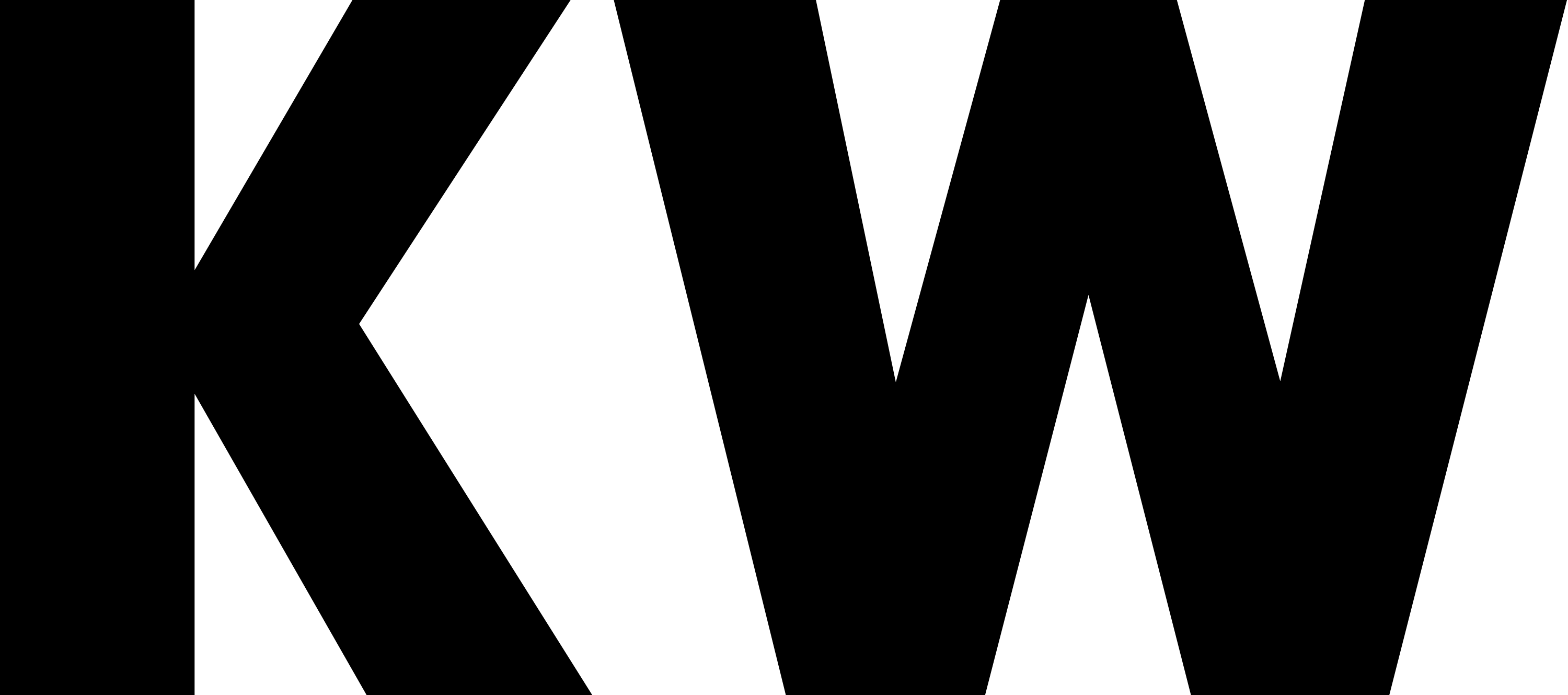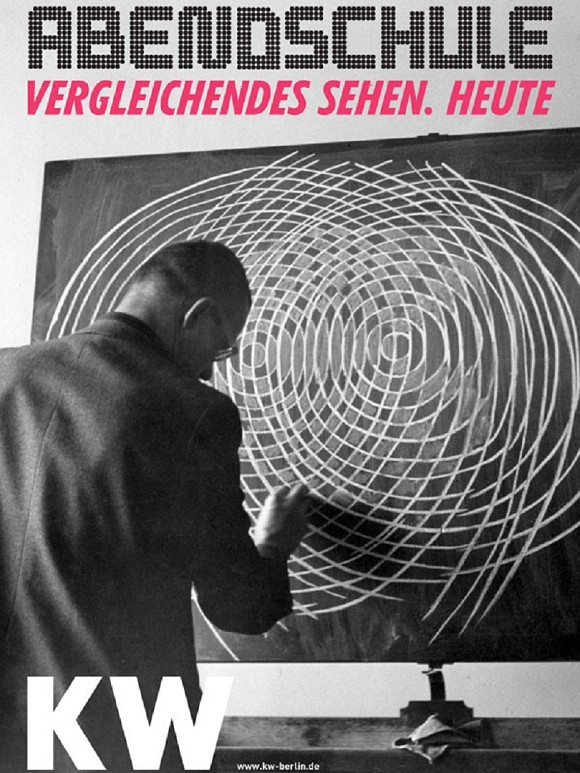Abendschule - Vergleichendes Sehen. Heute (III)
Abendschule
Vergleichendes Sehen. Heute
Evening Classes - Comparative Visual Analysis. Today
Tue + Thur, 7 – 8.30 pm
Comparative visual analysis entails a dialogical perception and the application of visual thinking. At the beginning of the 20th century Swiss art historian Heinrich Wölfflin pioneered the development of comparative formal analysis in the history of art. For the first time ever, reproductions of artworks were projected side by side using a set of twin parallel projectors. What back then was a revolutionary approach on his part, remains to this day still the most common method in art history, even despite the presence of PowerPoint. With Evening Classes this academic practice is now integrated into the exhibition context, though not without liberating it from its indoctrinating usage and by questioning it as a method. Implicated in this series of events is the invitation for unexpected test arrangements and comparative situations that allow both to support and topple this methodology.
III.
Jörg Trempler: Wie im Katastrophenfilm? Die Fernsehbilder von 9/11 (Like in a desaster movie? The televised images of 9/11)
Peter Geimer: Das Unvergleichbare (The Incomparable)
10.12.2009, 7 pm
Jörg Trempler: Wie im Katastrophenfilm? Die Fernsehbilder von 9/11 (Like in a desaster movie? The televised images of 9/11)
In the aftermath of the images of 9/11 broadcasted live around the world, these news images and similar footage have often been compared to the visuals of the desaster movie. Even though this comparison might seem to cross the limits of taste. Isn't this like comparing apples and oranges? Isn't parity a condition for comparability? Is this the limit of similarity? The lecture will tackle and critique these questions in the context of what comparative visual analysis means today. (Lecture in German)
Jörg Trempler completed his PhD on Karl Friedrich Schinkel in 1998 and has since been exploring the distinction between imagery pertaining to the realm of news and information and imagery pertaining to art. This research has resulted in essays on films, images of terrorism and atomic structures. Since 2008 he is a research assistant at The Collegium for the Advanced Study of Picture Act and Embodiment (DFG). In 2009 he submitted his theses on the images of desasters as his professorial dissertation.
Peter Geimer: Das Unvergleichbare (The Incomparable)
The function of comparative visual analysis is indisputable, perhaps even irreductible. Nobody can look at an image without instantly seeing or remembering other images too. Therefore, no image exists exclusively as “itself”, and there are not really any virulent opposers of comparative visual analysis, either. However, one can enquire why we make these comparisons. Whether it is about pointing out the differences (Wölfflin) or the similarities (Warburg, Malraux) and which knowledge comparative seeing produces? One can also ask if the habit of comparing images possibly runs the following risk: to blur heterogeneities and to overlook what is specific to a particular image by seeking the familiar in it. The lecture will discuss these questions by looking at how contemporary press photographers incorporate the iconographic reservoir of art history. Where runs the line at which comparative seeing turns into sameness by accident? (Lecture in German)
Peter Geimer is an art historian and lecturer at ETH Zurich. A selection of publications: Theorien der Fotografie (Hamburg: Junius 2009, Hg.), Ordnungen der Sichtbarkeit. Fotografie in Wissenschaft, Kunst und Technologie (Frankfurt/Main: Suhrkamp 2002), Die Vergangenheit der Kunst. Strategien der Nachträglichkeit im 18. Jahrhundert (Weimar: VDG 2002). Forthcoming in January 2010: Bilder aus Versehen. Eine Geschichte fotografischer Erscheinungen.
In the context of the exhibition For the Use Of Those Who See
With kind support by the Ernst Schering Foundation and the Capital Cultural Fund, Berlin.
We cordially thank the Lette Foundation for the seating.


